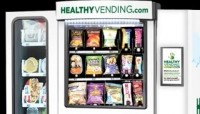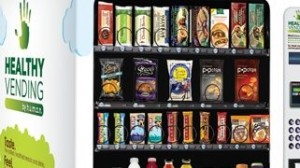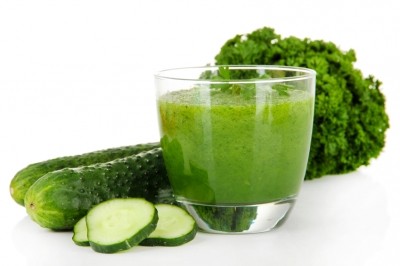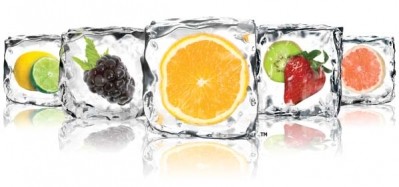Big Interview: Sean Kelly, CEO, H.U.M.A.N. Healthy Vending
H.U.M.A.N. Healthy Vending CEO: 'In 5-10 years, healthy vending will be the norm'

Absolutely, says H.U.M.A.N. Healthy Vending founder Sean Kelly. But not if they test the hypothesis by keeping their old caffeine and candy-spewing machine in place, sticking a ‘healthy’ machine selling carrot sticks and fruit juice next door, and seeing which performs better, he points out.
“We almost always insist on exclusivity. The old machine goes out and ours goes in. The number one factor in determining the success of healthy vending is whether there are competitive junk food options available.”
It’s an absolute myth that switching to healthier vending machines will lead to lower revenues

Why? Because schoolchildren - like weary commuters - are creatures of habit, says Kelly. They are used to buying Doritos and M&Ms from vending machines, and a good proportion of them they will carry on unless you force them to try something different.
But when you do, and they discover that they actually like what you have to offer, you’ve got them hooked, he says.
“We have consistently shown that schools and other clients using our machines will make more money than they did with the old ones, but we want exclusivity.
“Some other [healthy vending] operators [that have not taken this approach] have struggled because they will put their machines anywhere, whereas we have the highest performing machines in the market.
“It’s just an absolute myth that switching to healthier vending machines will lead to lower revenues.”
By the end of 2015, I’m confident we’ll have 10,000 machines in the market
Kelly is a man on a mission: To improve the health of kids, commuters and office workers everywhere, and prove to schools, gyms, college campuses, offices, hospitals, health clubs and commuter hubs that vending machines can dispense more than caffeine and sugar - and still make a decent return.
And while the unsightly box dispensing soda and chocolate next to your office coffee machine might suggest he still has a long way to go, there are signs that the market is beginning to change, he points out.
“We launched in 2008 and today we have 1,500 machines on the market in 40 states. By the end of 2015, I’m confident we’ll have 10,000.”
Current rules on competitive foods in schools are ‘quite pathetic’

Part of that growth will be driven by growing awareness that the vending market needs an overhaul if declining sales trends are to be reversed, along with a growing desire for healthier options and more modern machines with interactive features, electronic payment options and remote monitoring capabilities to ensure they remain stocked with products people actually want to buy, he says.
But he is also hoping for a boost when new standards governing what can be sold in school vending machines, cafes and shops - so-called ‘competitive foods’ - are implemented (USDA has just published its proposals for new standards as part of the Healthy, Hunger-Free Kids Act of 2010).
As it stands, the rules haven’t changed for more than 30 years, and “in all honesty, they are quite pathetic”, observes Kelly.
However, they won’t achieve the desired effects if they are not properly enforced, he predicts. “In California, we already have state laws governing what you can sell in schools. But they are not enforced.”

Most machines are operated by third party vendors and unless they police themselves, change won’t happen, he says. Most teachers, meanwhile, are more concerned about whether children are attending classes than what’s in the vending machine, he points out.
“It’s not that they don’t care, but there are just so many other things to think about, that this won’t be high up the priority list.”
In 5-10 years, healthy vending will be the norm
While a recent report from Packaged Facts shows that the US vending market is not setting the world on fire, it does acknowledge that it is companies such as H.U.M.A.N. Healthy Vending that will drag the industry into the 21st century.
From sophisticated dispensing systems that enable the machines to stock a broader range of products, remote monitoring capabilities and cutting edge technology that prevents fresh food products from being dispensed if they are past their sell by date, the company presents a picture of what vending might look like in the future, says the market researcher.
While vending is still not associated with fresh foods - with consumers suspicious about quality and operators worried about spoilage - this will change over time, especially as novel concepts such as the Let’s Pizza automated pizza machines gain momentum, predicts Kelly.
“I think that in the longer term, fresh foods sales [via vending machines] will increase significantly. In 5-10 years, healthy vending will be the norm.”
Click here to read more about USDA's proposed new standards for competitive foods sold in schools.












